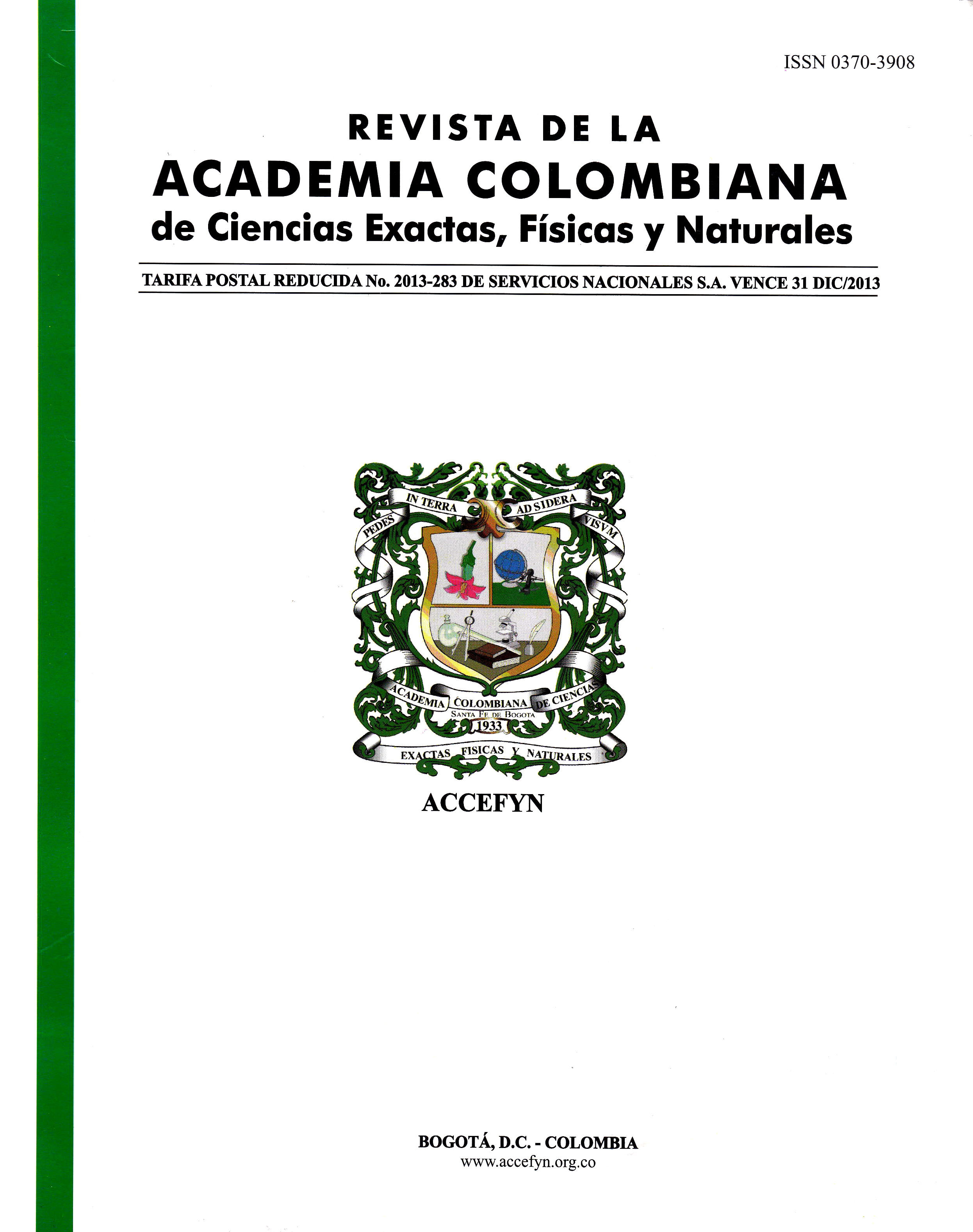Abstract
Two sets of spectra selected by their prominent coronal line emission were analyzed with the purpose of characterizing the kinematics of clouds emitting coronal lines. Values of full width at the half the maximum (FWHM), shift of the peak emission (∆v), kurtosis and asymmetry both of coronal lines and some low ionization lines (these latter for comparison) are presented. For the majority of the objects, no correlation between ionization potential and FWHM it is observed, particularly if [Fe x] λ6374 and [Fe xi] λ7892 lines are included. Regarding the shifting of the peak emission most of the objects show blueshift whereas just 15% showed a slight redshift. There are weak correlations between FWHM and ∆v for coronal lines. Finally, there is some indication that the radio luminosity has influence in the shift of the peak emission of coronal lines suggesting that jet radio is intervening in the outflows of these lines.
Keywords
References
Anderson, J. D. 2000. Introduction to Flight, McGraw-Hill Co., Singapur.
Brooks, D. R. 1977. An Introduction to Orbit Dynamics and Its Application to Satellite-Based Earth Monitoring Missions, NASA Reference Publication 1009, Washington, D.C.
Caday-Eames, E. 2006. Small Box, Big Potential. Boeing Frontiers, Octubre, p. 20.
Hill, J. et al. 2011. The NSF Firefly CubeSat mission: Rideshare mission to study energetic electrons produced by lightning, IEEE Aerospace Conference.
Joya, R. 2007. Libertad 1, primer sat´elite colombiano en el espacio. Innovaci´on y Ciencia, 14: 16-23.
Joya, R., et al. 2007. Misi´on Libertad 1, primer sat´elite colombiano. An´alisis Geogr´aficos, 37: 140-143.
Kitts, C., et al. 2007. Flight Results from the GeneSat-1 Biological Microsatellite Mission. Proc. 21, AIAA/USU Conference on Small Satellites, Logan, Utah.
McCuskey, S. W. 1963. Introduction to Celestial Mechanics, Addison-Wesley Pub. Co., Reading, Massachusetts.
McHugh, M. J., et al. 2009. DUst Sounder and Temperature Imager Experiment (DUSTIE). American Geophysical Union, abstract No. SM33C-1575.
Milani, A., Nobili A. M., Farinella, P. 1987. Non Gravitational Perturbations and Satellite Geodesy, Adam Hilger, Bristol.
Murray C. D. & Dermott, S. F. 1999. Solar System Dynamics, Cambridge University Press, Cambridge.
Oltrogge, D. F. & Leveque, K. 2011. An Evaluation of CubeSat Orbital Decay. En Small Satellite Conference, Logan, Utah.
Portilla, J. G. 2009. Elementos de Astronom´ıa de Posici´on. Editorial Universidad Nacional de Colombia, Bogot´a.
Soojung-Kim Pang, A. & Twiggs, B. 2011. Citizen Satellites. Scientific American, 304: 28-33.
Toorian, A., Diaz, K., & Lee, S. 2008. The Cube Sat Approach to Space Access, IEEE Aerospace Conference.
Vallado, D. A. 1997. Fundamentals of Astrodynamics and Applications, McGraw-Hill Co., New York.
Waido, S., Henry, D. & Campbell, M. 2002. Cube Sat Design for LEO-Based Earth Science Missions, IEEE Aerospace Conference.
Woellert, K., et al. 2011, Cubesats: Cost-effective Science and Technology Platforms for Emerging and Developing Nations. Advances in Space Research, 47: 663-684.

This work is licensed under a Creative Commons Attribution-NonCommercial-NoDerivatives 4.0 International License.
Copyright (c) 2023 Revista de la Academia Colombiana de Ciencias Exactas, Físicas y Naturales





